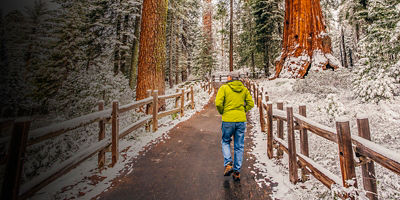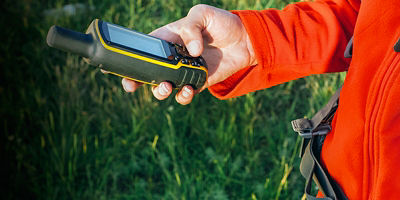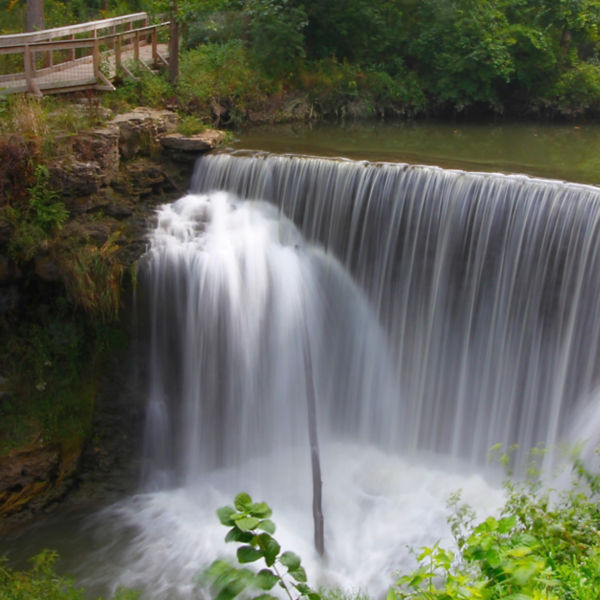
Myth: You need a car to access nature. Fact: There’s great public transit to trails all over the United States—no driving required.
Whether you don’t own a car, share one with a family member, or prefer not to drive, there are plenty of reasons to seek out public transportation options to national parks, state parks, and other public lands near your home. Will it be faster than driving? Probably not. But it’s a great way to explore, spare the environment, and add a social dimension to your adventure experience.
In this guide, we’ll share a few examples, go over ways to find public transit options, provide gear suggestions, and share a few backup plans in case you can’t find the buses or trains you need.
Transit to Trails in Some of America’s Biggest Cities
While America’s public transit system won’t get you everywhere, there are a number of trails you can access from big cities without ever needing a car. Here are just a few examples:
- Denver: Get to Front Range trailheads using a combination of light rail and buses (or the city’s Snowstang winter ski shuttle).
- New York City: Link subway and bus rides to trailheads in New Hampshire’s incredible White Mountains, or take a train or bus to the much closer Harriman State Park.
- Los Angeles: City buses go to Will Rogers State Historic Park, as well as a few other nearby parks and trail systems north and east of the city.
- Seattle: Hike in the gorgeous Tiger Mountain State Forest or Cougar Mountain Regional Wildlife Park by catching a bus downtown.
- Pittsburgh: Buses run from the city center to Pittsburgh’s expansive North Park. There are also a number of HealthyRide bike-share stations around the city for easier access to numerous smaller parks.
How to Find Public Transit Options
For researching public transportation to national parks or other green areas, start online of course. The transit website Rome 2 Rio is a great way to find buses and trains, particularly for more far-flung adventures. Most national parks also have a directions and transit page on their websites, another good resource for travel information.
Google Maps can be another great way to find public transportation to national parks, as well as smaller parks in or near urban centers. Simply plug in your start and end locations, and hit the “public transit” option. Keep in mind that transit information may not be available for all destinations. If you don’t have your heart set on a place, try plugging in a few different trailheads and seeing which ones have information available. If you do have a park in mind and can’t find what you need, call that park’s visitor center to ask about transit options.
Getting Around National Parks without a Car
While many U.S. Forest Service and Bureau of Land Management lands lack transit services, most national parks offer plenty of internal transit to trails. Yosemite National Park, for example, brings in visitors via YARTS buses, which pick up in Sonora, Fresno, Merced, and Mammoth Lakes. Within the park borders, a network of shuttles makes it easy to get virtually anywhere. Even if you have a car, using shuttles is often the best way to get around in crowded parks like Yosemite in the high season.
To find shuttle options, go to the National Park Service website for the park of your choice and navigate to the Directions and Transportation page (usually under the “Plan Your Visit” section of the menu). If you can’t find the information you need, call the visitor center to learn more.






















